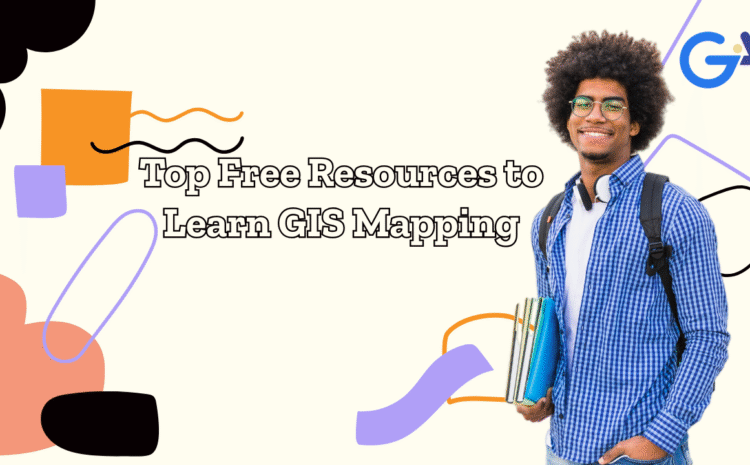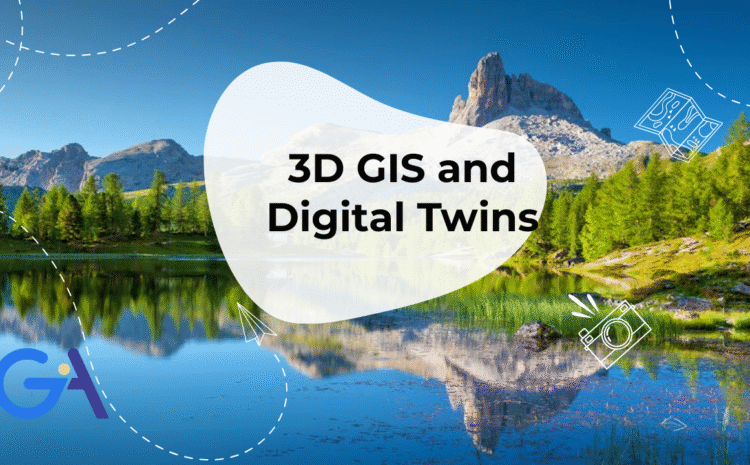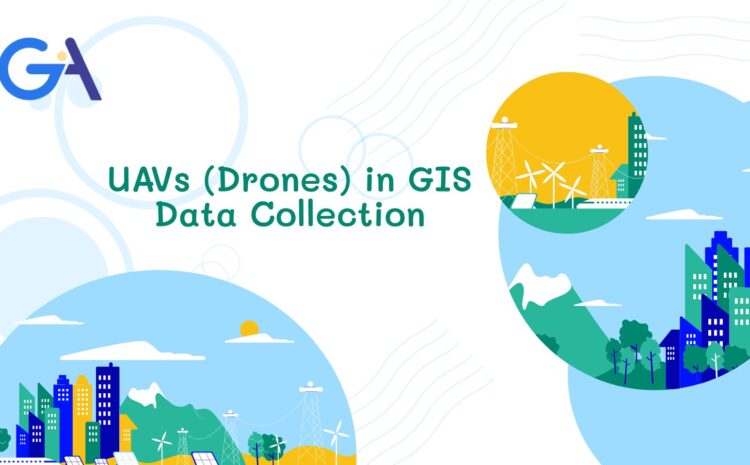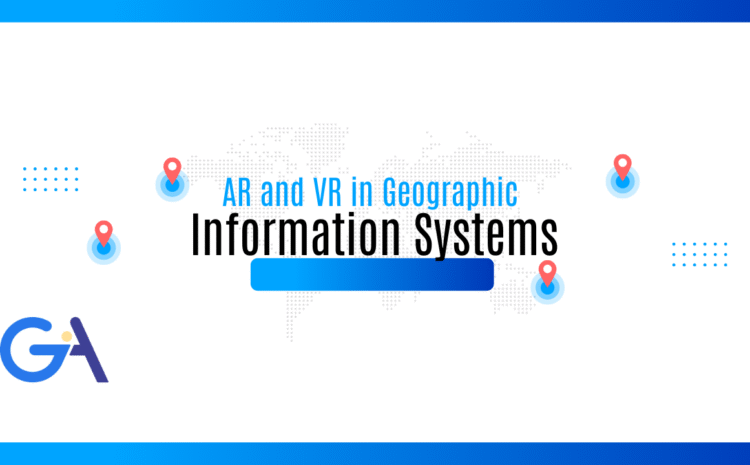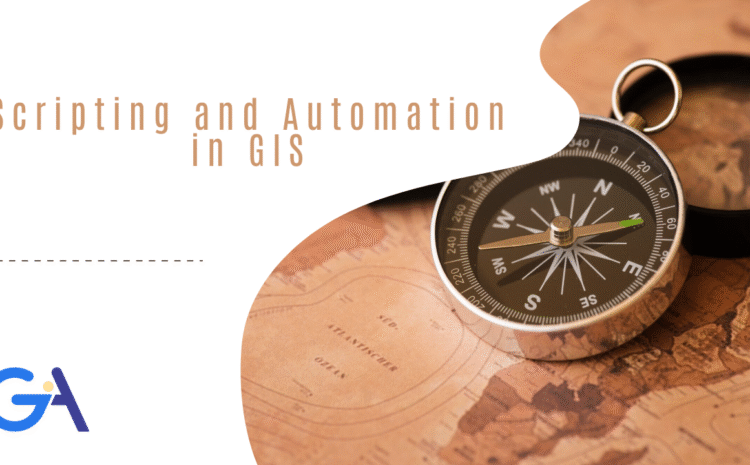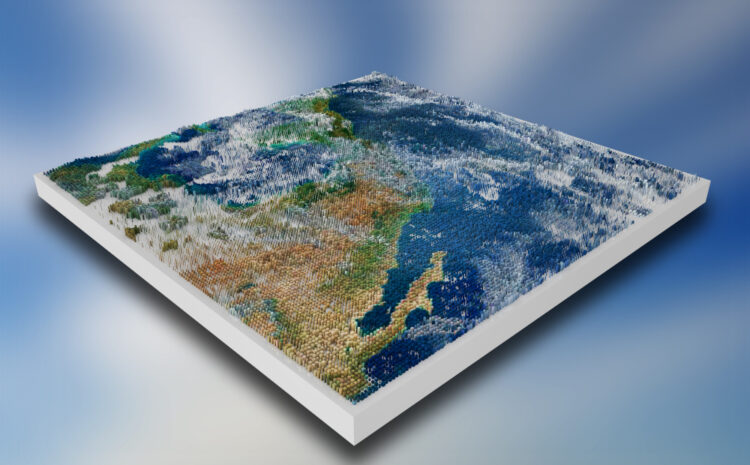1. Esri’s “GIS Basics” Course 2. Coursera – “Fundamentals of GIS” (by UC Davis) 3. QGIS for Beginners (Udemy 4. OpenCourseWare – Penn State: “Geographic Information Systems” 5. LinkedIn Learning – “Learning GIS”
1. Esri Academy – Free Courses 2. QGIS Training Manual (Official) 3. Coursera – Audit Free GIS Courses 4. [YouTube Channels – GIS Mapping Tutorials] 5. OpenCourseWare – Penn State GIS Series Free Tools You’ll Need:
1. QGIS (Quantum GIS) 2. GRASS GIS 3. gvSIG 4. MapServer 5. GeoServer 6. OpenLayers 7. Leaflet 8. SAGA GIS 9. uDig (User-Friendly Desktop Internet GIS) 10. WhiteboxTools / Whitebox GAT Bonus: Free Geospatial Data Sources
Big Data refers to datasets so large, fast, or complex that traditional data-processing methods struggle to handle them. It is commonly characterized by the “3Vs”: volume (extreme size), velocity (rapid generation and processing), and variety (diverse formats). Geographic Information Systems…
3D GIS refers to geographic information systems that represent and analyze spatial data in three dimensions (including height/elevation). It enables realistic 3D maps and models of the natural and built environment, enhancing decision-making. For example, Esri notes that 3D GIS…
Unmanned aerial vehicles (UAVs, or “drones”) have become powerful tools for collecting geospatial data for GIS. Fitted with advanced sensors, UAVs can rapidly capture high-resolution imagery and 3D data over targeted areas. This enables a wide range of applications across…
Augmented Reality (AR) and Virtual Reality (VR) are increasingly being integrated with GIS to create immersive, spatially-aware experiences. AR overlays digital information (maps, models, data) onto the real world using devices like smartphones or headsets, while VR immerses the user…
FME is a no-code data integration platform (by Safe Software, Canada) focused on geospatial ETL. Originally a “Feature Manipulation Engine” for GIS data, it now handles both spatial and non‑spatial data. FME Desktop (formerly FME Form) provides a visual Workbench…
Geographic Information Systems (GIS) increasingly rely on scripting to automate repetitive tasks, ensure reproducibility, and integrate complex analyses. The dominant scripting language in GIS is Python, which is supported across both proprietary and open-source platforms. Python libraries (standard and third-party)…
R for Spatial Analysis Spatial analysis involves working with geographically referenced data (with coordinates) and is increasingly important across disciplines. R provides a powerful, open-source environment for spatial analysis, leveraging its data manipulation, modeling and visualization tools for geographic data.…

Gabby Jones
Typically replies within a minute

